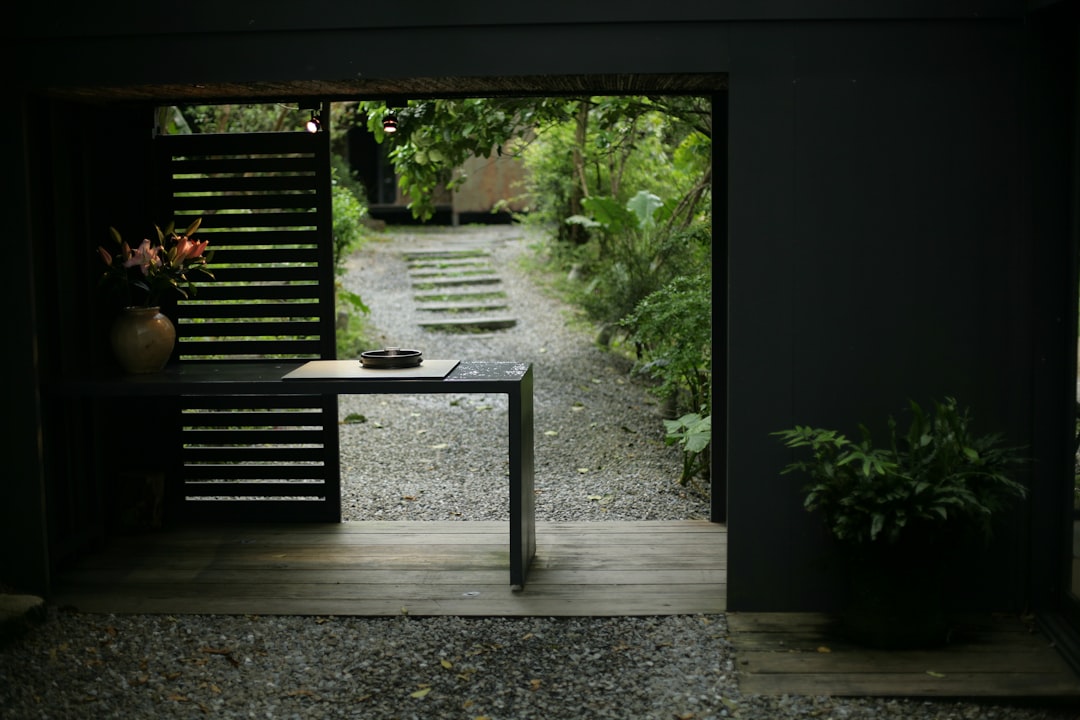Unveiling the Charm of the Prairie's Queen in Your Garden

When the vibrant colors of spring - blooming perennials start to fade, it's time to introduce a new star to your garden: the queen of the prairie, also known as meadowsweet. This remarkable perennial has the power to transform your garden into a floral wonderland just when it needs a fresh burst of life.
The queen of the prairie, with its scientific name Filipendula rubra, is a native North American plant. It belongs to the Rosaceae family and is a true gem for any garden enthusiast. One of the most striking features of this plant is its tall, elegant stature. It can reach heights of up to 8 feet, creating a vertical accent in your garden that is both eye - catching and imposing.
The foliage of the queen of the prairie is equally impressive. Its large, compound leaves are deeply lobed and have a rich green color that provides a beautiful backdrop for the flowers. The leaves are arranged in an alternate pattern along the stem, adding to the plant's overall aesthetic appeal. As the seasons progress, the leaves may take on a hint of bronze or red, further enhancing the visual interest of the plant.
But the real showstopper is the flowers. The queen of the prairie produces large, fluffy clusters of pink to rose - colored flowers that bloom in mid - to late summer. These flower clusters, known as panicles, can be up to 12 inches long and are composed of numerous tiny, star - shaped flowers. The flowers are not only beautiful but also highly fragrant, attracting bees, butterflies, and other pollinators to your garden. This makes the queen of the prairie an excellent choice for those looking to create a pollinator - friendly garden.
Now, let's talk about how to grow this magnificent plant. The queen of the prairie thrives in full sun to partial shade. In areas with hot summers, a bit of afternoon shade can help protect the plant from excessive heat stress. It prefers moist, well - drained soil. If your soil is heavy clay, you can amend it with organic matter such as compost or peat moss to improve its drainage and fertility.
When planting the queen of the prairie, make sure to space the plants about 3 to 4 feet apart. This allows enough room for the plants to grow and spread without overcrowding. Water the plants regularly, especially during dry spells, to keep the soil consistently moist. However, be careful not to overwater, as this can lead to root rot.
Fertilizing the queen of the prairie is also important for its healthy growth. You can apply a balanced, slow - release fertilizer in the spring when new growth begins. Follow the instructions on the fertilizer package for the correct application rate.
Pruning is relatively simple for the queen of the prairie. In the fall, after the first frost, you can cut the plant back to the ground. This helps to tidy up the garden and prepare the plant for the winter. In the spring, new growth will emerge from the base of the plant.
Another great thing about the queen of the prairie is its versatility. It can be used in a variety of garden settings. You can plant it in the back of a border to add height and color, or you can create a mass planting for a more dramatic effect. It also looks great when combined with other late - blooming perennials such as coneflowers, black - eyed Susans, and asters.
In conclusion, the queen of the prairie is a must - have for any garden. Its beauty, fragrance, and ease of care make it a valuable addition to your outdoor space. By learning to grow this plant, you can enjoy a spectacular floral show in your garden long after the spring perennials have faded away.